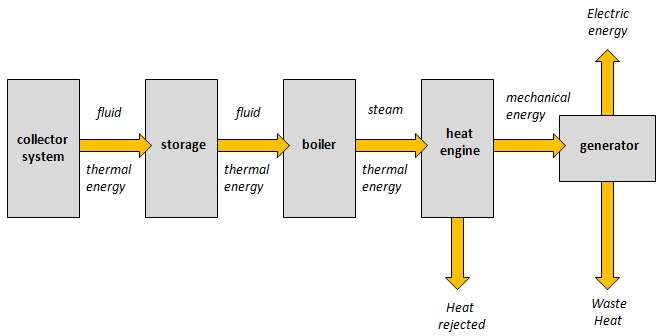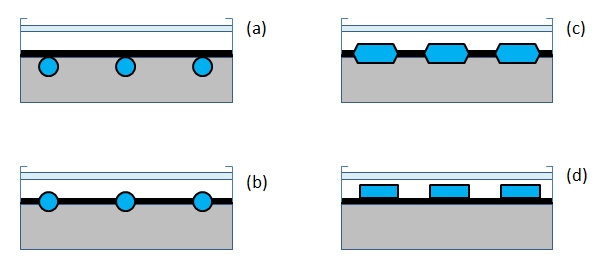Thermal Analysis Of Solar Collectors Ppt

Evacuated tube collectors qcoll is the energy collected per unit collector area per unit time fr is the collector s heat removal factor τis the transmittance of the cover αis the shortwave absorptivity of the absorber g is the global incident solar radiation on the collector ul is the overall heat loss coefficient of the collector.
Thermal analysis of solar collectors ppt. Cost analysis of solar thermal collectors. The data fully depend on the data provided by the various companies. 2 types of solar collectorstypes of solar collectors note. Any hot object ultimately returns to thermal equilibrium with its environment due to heat loss from the hot object.
24 of all industrial application consumed for heating fluid to a moderate temperature solar energy for preheating up to 180 c 3. Solar thermal system solar thermal collector 2. Solar thermal is mainly ideal for water heating purposes. 2 150 content of lectures today.
This collector contains. Two important physical principles govern the technology of solar thermal collectors. Solar collector the energy of the solar radiation is in this case converted to heat with the use of solar panel. Solar thermal system components.
Analysis of solar flat plate collectors tomáš matuška faculty of mechanical engineering university centre of energy efficient buildings czech technical university in prague solar thermal collectors 24 3 2015 palma de mallorca. Using the sun energy to heat water is not a new idea. Concentration ratio is defined as the aperture area divided by the receiver absorber area of the collector. More than one hundred years ago black painted water tanks were used as simple solar water heaters in a number of countries.
Solar thermal collectors capture and retain heat from the sun and transfer this heat to a liquid. Specific system costs for ship plants solar heat in industrial processes vary over a wide range. Heliostat field collector hfc point 100 1500 150 2000 two axes parabolic dish reflector pdr point 100 1000 100 500 tracking. These are some of the components to a thermal solar system.
Since its invention in 1974 1 many advances in the design of the compound parabolic concentrator solar energy collectors have been made. The analysis of the concentrator s optical behaviour with respect to incident radiation has been undertaken previously 2 3.












































